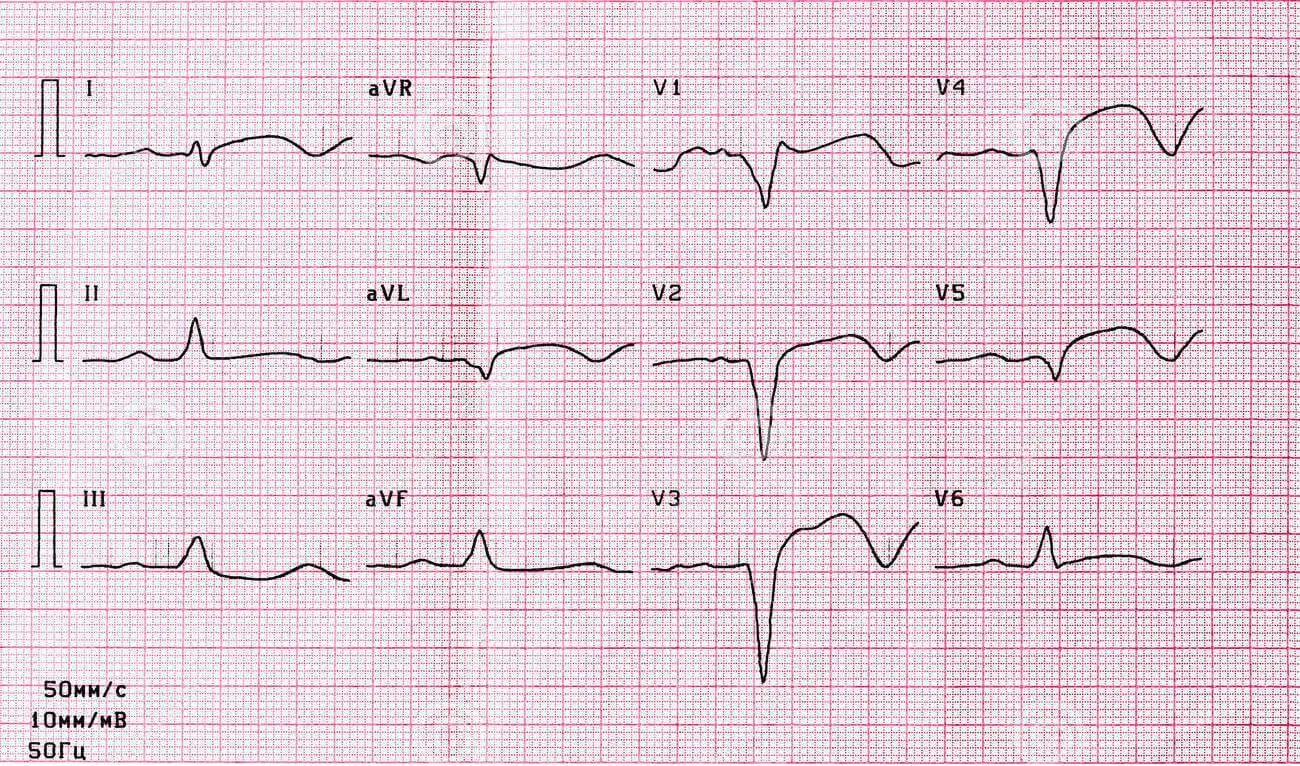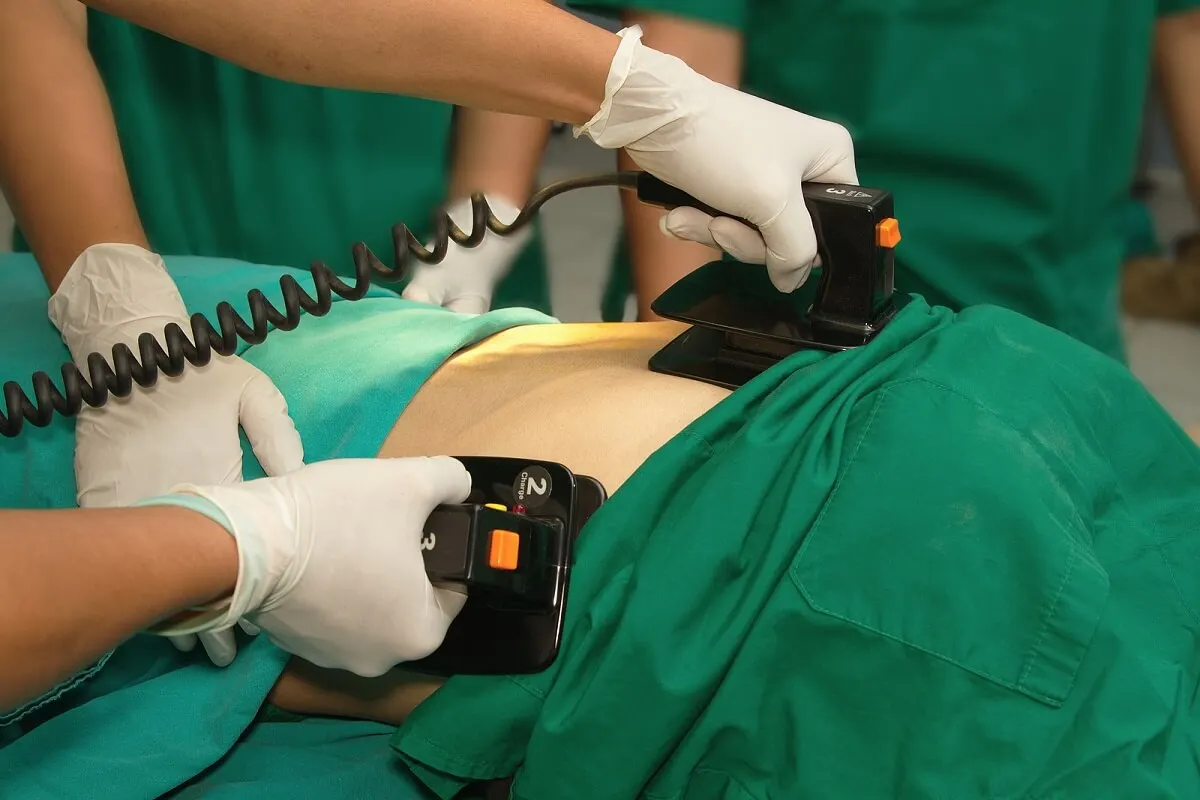Kun Agüero: What Heart Problem Was Detected?


Written and verified by the doctor Leonardo Biolatto
Sergio Kun Agüero, the recent addition to the Barcelona FC soccer team, suffers from a heart problem that became evident a recent match. The whole audience was concerned when the player was removed from the medical field after manifesting chest symptoms.
While the match with Alavés was in progress, around the 40th minute of the first half, Agüero lay on the ground. He experienced chest tightness, neck discomfort, dizziness, and shortness of breath. Although he was able to leave the field on foot at first, he was later taken by ambulance to a hospital.
The first official report from Barcelona FC was the following:
“Kun Agüero has reported an episode of chest discomfort and has been taken to hospital for a cardiological study.” – FC Barcelona Team
What is the cardiac problem of the player? What are the risks? Let’s take a look.
Arrhythmias: Changes in the rhythm of the heart
It has been reported that Kun Agüero’s heart problem is arrhythmia.
However, this category is very broad, as it involves any alteration in the rhythm of the heartbeat.
It’s not clear which of the types of arrhythmia is the one that the Argentinian player suffers from. When he was taken off the field on Saturday, some journalists said that his pulse rate was very high for his age and physical condition. This suggests a tachyarrhythmia.
Cardiac arrhythmias can cause a lower than normal heart rate or an increased heart rate. In addition, within each of these subgroups, there are more diagnostic possibilities.
We think you’ll like to read: The Top 10 Mobile Phones that Emit the Most Radiation
Tachyarrhythmia could Kun Agüero’s heart problem
Therefore, by compiling the data that exist, experts assume that the player has some form of tachyarrhythmia is the most likely cause. This is especially true considering that he has already undergone treatment at the hands of Dr. Josep Brugada.
According to Barcelona FC, the intervention involves 90 days off for the athlete:
“The player Kun Agüero has undergone a diagnostic and therapeutic procedure by Dr. Josep Brugada. He’s on sick leave and during the next three months the effectiveness of the treatment will be evaluated to determine his recovery process.” -FC Barcelona
Dr. Brugada is a very well known specialist in cardiology. In fact, a syndrome associated with sudden death in adults is named after him, since he discovered and described it in the 1990s along with his other colleagues.

Types of tachyarrhythmia
As we’ve already clarified, what specific type of arrhythmia the player suffers from has not been reported. We also don’t know what procedure was performed to treat it.
However, we assume that it’s a type of tachyarrhythmia and that the therapy and rest time could indicate, for example, atrial fibrillation.
Tachyarrhythmia is pathological changes in heart rate with a succession of beats greater than 100 per minute. This type of condition is supraventricular if the beats originate in the atria and ventricular if the focus is in the ventricles of the heart.
Overall, the most common forms of this heart problem are the following:
- Sinus tachycardia: This type of arrhythmia doesn’t require treatment. It’s an elevation of the heart rate above 100 beats per minute, but without pathological repercussions. It can be caused by exercise or anxiety, for example.
- Atrial extrasystoles: These are advanced electrical impulses that interrupt the normal interval between beats. Therefore, a beat appears before its time in an isolated manner.
- Atrial fibrillation: This could be Sergio Kum Agüero’s heart problem. It’s the most common type of arrhythmia. The origin lies in the presence of multiple foci in the atria that produce beats at the same time, without coordination. In general, people who suffer from this report chest pain, shortness of breath and dizziness. The therapeutic approach is to try to return the heart rate to normal with drugs or electrical cardioversion. If the doctor stipulates it, surgical intervention may be done to remove structural alterations of the heart that could be responsible for the disorder. In addition, anticoagulants or antiplatelet drugs are often prescribed to reduce the possibility of the fibrillation causing thrombi.
- Atrial flutter is very similar to atrial fibrillation, except that the rate stabilizes at about 150 beats per minute.
- Ventricular extrasystoles: Like their atrial counterparts, these are electrical impulses originating in areas of the ventricles that should not command the heartbeat. They’re not very symptomatic. However, some people perceive a kind of pause between some beats.
- Sustained ventricular tachycardia is a form of tachycardia more present in patients with a history of heart disease. It occurs at rates greater than 100 beats per minute for more than 30 seconds. It can lead to syncope.
- Ventricular fibrillation: Finally, this is the most dangerous and deadly type of arrhythmia. Heartbeats are completely disorganized and the ventricles cannot perform their function of expelling blood into the circulatory system. It can cause death within minutes of onset. There’s no other way to treat it than with electrical cardioversion.

Can Kun Agüero’s heart problem end in sudden death?
The question has arisen about the possibility that the Argentinian player of Barcelona FC is at risk of sudden death. Whenever these episodes appear in sports, we always remember cases of athletes who died practicing their sport.
However, strictly speaking, sudden death in sport has an incidence that is low. There is no significant difference in cases compared to the rest of the population who do not exercise professionally.
That said, it’s been found that people over 50 years of age who practice intense exercise are more prone to the episode. This would not be the case for Kun Agüero.
It’s true that many types of arrhythmia need treatment to prevent complications. Atrial fibrillation, as we described, requires an approach that includes reducing the possibility of thrombus formation fibrillation. Clots from the heart can travel through the circulatory system to block blood flow to other organs. This is known as thromboembolism and is responsible for some strokes, for example.
We think you’d like to read: The Benefits of Elevating Your Legs for 20 Minutes Per Day
What’s in store for Sergio Kun Agüero?
The 90 days of rest that the footballer has taken are preventative. The goal is to evaluate his response to the treatment to rule out future risks. This way, doctors can determine whether or not he should return to the field and under what conditions.
However, there’s no doubt that he’s receiving the best medical advice possible. Dr. Josep Brugada is a world-renowned specialist. Within just three months, it will be possible to know if the risk is minimal enough for the athlete to return to the intense activity demanded by Barcelona FC and the Argentine National Team.
All cited sources were thoroughly reviewed by our team to ensure their quality, reliability, currency, and validity. The bibliography of this article was considered reliable and of academic or scientific accuracy.
- Suárez-Mier, M. Paz, and Beatriz Aguilera. “Causas de muerte súbita asociada al deporte en España.” Revista española de cardiología 55.4 (2002): 347-358.
- Armengol, Juan Jorge González, Antonio López Farré, and Fernando Prados Roa. “Síncope de esfuerzo y riesgo de muerte súbita en deportistas jóvenes: perspectiva clínica y genética.” Emergencias: Revista de la Sociedad Española de Medicina de Urgencias y Emergencias 23.1 (2011): 47-58.
- Ueda N, Nagase S, Kataoka N, Nakajima K, Kamakura T, Wada M, Yamagata K, Ishibashi K, Inoue Y, Miyamoto K, Noda T, Aiba T, Izumi C, Noguchi T, Ohno S, Kusano K. Prevalence and characteristics of the Brugada electrocardiogram pattern in patients with arrhythmogenic right ventricular cardiomyopathy. J Arrhythm. 2021 Aug 30;37(5):1173-1183. doi: 10.1002/joa3.12628. PMID: 34621416; PMCID: PMC8485808.
- Achkasov E, Bondarev S, Smirnov V, Waśkiewicz Z, Rosemann T, Nikolaidis PT, Knechtle B. Atrial Fibrillation in Athletes-Features of Development, Current Approaches to the Treatment, and Prevention of Complications. Int J Environ Res Public Health. 2019 Dec 4;16(24):4890. doi: 10.3390/ijerph16244890. PMID: 31817190; PMCID: PMC6950061.
- Guasch E, Mont L. Diagnosis, pathophysiology, and management of exercise-induced arrhythmias. Nat Rev Cardiol. 2017 Feb;14(2):88-101. doi: 10.1038/nrcardio.2016.173. Epub 2016 Nov 10. PMID: 27830772.
This text is provided for informational purposes only and does not replace consultation with a professional. If in doubt, consult your specialist.








